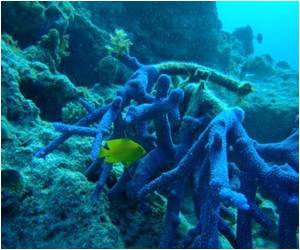A study claims that mangrove trees, which are highly sensitive to cold, have expanded enormously on the Atlantic coast of Florida as the frequency of frosts has diminished.

The study was published in the Proceedings of the National Academy of Sciences.
Mangroves form a biomass of trees that tolerate salt in tidal areas near freshwater estuaries on tropical coastlines.
Mangroves support great biological diversity, including numerous species of crustaceans, fish, birds and molluscs.
All the mangrove expansion noted in the study occurred north of Palm Beach County, with mangroves between Cape Canaveral and St. Augustine doubling their area.
Mangroves do best along the calm, shallow waters of tropical shores, while salt marshes occupy that ecological niche in temperate zones.
Advertisement
And both are diminishing in the US and the rest of the world.
Advertisement
Source-IANS










